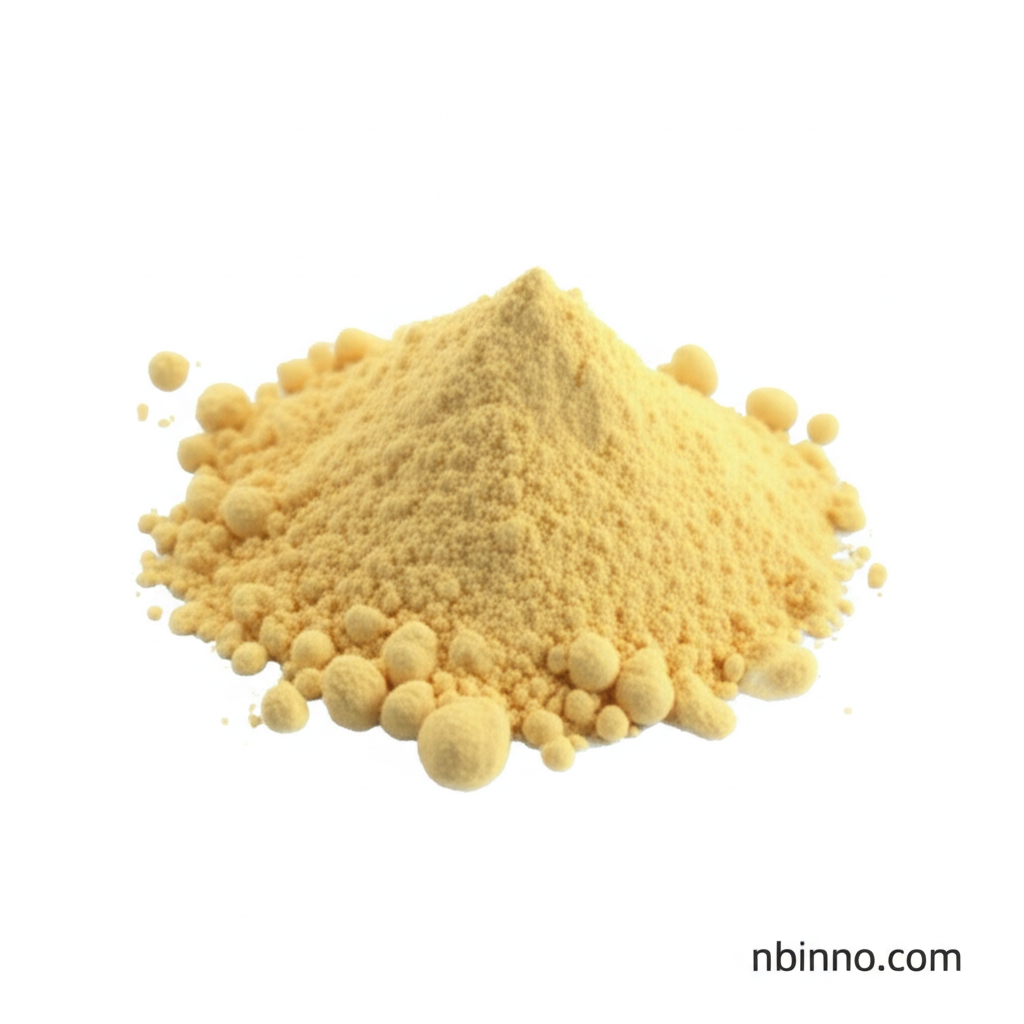2-Amino-5-iodopyridine: A Versatile Heterocyclic Intermediate for Organic Synthesis and Pharmaceutical Development
Explore the crucial role of this compound in creating new drugs and advanced materials.
Get a Quote & SampleProduct Core Value

2-Amino-5-iodopyridine
2-Amino-5-iodopyridine stands as a pivotal heterocyclic intermediate, indispensable in both advanced organic synthesis and cutting-edge pharmaceutical research. Its unique molecular structure, featuring both an amino group and an iodine atom on a pyridine ring, provides exceptional versatility for functionalization.
- Leveraging 2-Amino-5-iodopyridine applications, this compound is a cornerstone in the synthesis of complex organic molecules, enabling chemists to construct intricate structures with high precision.
- As a key precursor for antiviral, anticancer, and antibacterial agents, its incorporation into drug development pathways significantly accelerates the discovery of novel therapeutics.
- The compound facilitates cross-coupling reactions, a critical technique in modern organic synthesis, allowing for efficient bond formation and molecular assembly.
- Its ability to undergo derivatization via the amino group further enhances its utility, making it a valuable component in medicinal chemistry and material science innovations.
Key Advantages
Versatile Reactivity
The presence of both an amino group and an iodine atom on the pyridine ring allows for diverse chemical modifications, making it a highly adaptable building block in organic synthesis.
Drug Discovery Acceleration
This compound is a critical intermediate in the synthesis of potential antiviral and anticancer agents, significantly aiding the pharmaceutical industry's drug discovery efforts.
Efficient Synthesis Pathways
By enabling specific reactions like palladium-catalyzed cross-couplings, it streamlines the creation of complex molecules, enhancing the efficiency of synthetic processes.
Key Applications
Pharmaceutical Development
This compound is vital for synthesizing novel pharmaceuticals, especially those targeting neurological disorders, antiviral, and anticancer treatments.
Organic Synthesis
It serves as an essential building block for constructing complex organic molecules through reactions like Suzuki-Miyaura and Buchwald-Hartwig amination.
Material Science
The compound's unique properties are leveraged in developing new polymers and coatings with enhanced thermal stability and specialized optical characteristics.
Biochemical Research
Researchers use it as a probe to investigate biochemical pathways and mechanisms, aiding in the development of targeted therapies.
